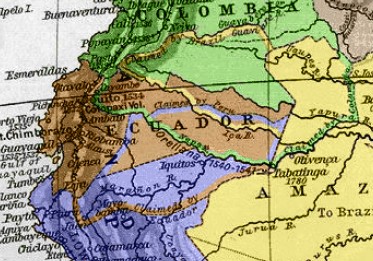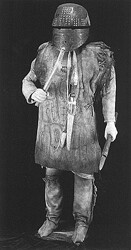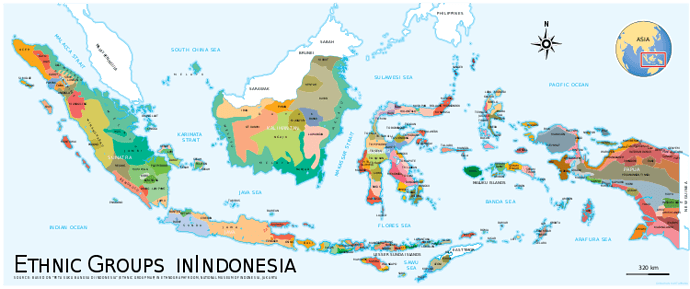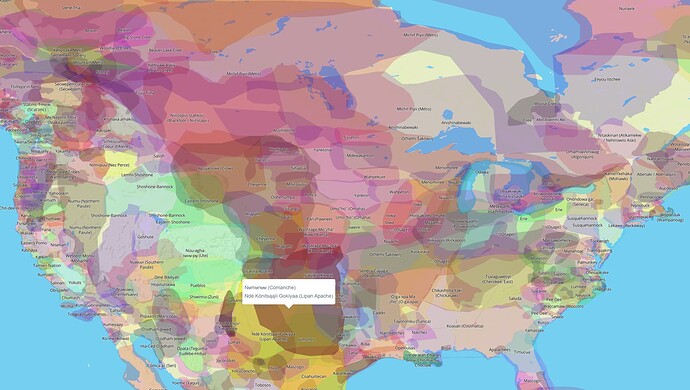I will always recommend the Jivaros as a major civilization, representing South America:
They are a civilization that was never conquered by either the Inca Empire or the Spanish Empire (they were never even defeated by them).
Both Incas and Spaniards tried to conquer their territories repeatedly, in the case of the Spaniards it is due to the existing gold mines in their territory.
In the year 1599 the “Jivaro Insurrection” took place: an army of 20,000 Jivaro warriors rampaged 6 cities, assassinating at least 25,000 Spaniards (the figures vary up to 30,000 or even 50,000).
In the year 1600 an army of 1,000 Spanish soldiers (and an indeterminate number of auxiliary natives) was sent with the mission of subduing the Jívaros and recovering the territories lost by the Spanish Empire, these Spanish soldiers were annihilated, only 4 Spaniards surviving.
Throughout the 17th century and a good part of the 18th century, Spanish expeditions were sent to subdue the Jívaros, all these expeditions failed, those military expeditions were led by Jesuits and due to the consecutive failures in 1704 the Jesuits were forbidden to arm more missions (although more expeditions were sent clandestinely during the 18th century, all these missions also failed), it was not until 1767 when the Jesuits were expelled from South America that the expeditions against the Jivaros ceased. The Jívaron did not allow any living Spanish to enter (or leave) their territories and it is probably the greatest military defeat suffered by the Spanish colony during the 16th and 17th centuries.
- The Jesuits, in addition to evangelizing the Jívaros, had the objective of conquering the Amazonian territory claimed by the Spanish Empire in the face of the threat of “Portuguese penetration into the Amazon” (which eventually happened).
- The prohibition of the Jesuits to send expeditions against the Jívaros in 1704 was issued directly from ROME: "The Jesuits were forbidden to continue their missionary work among the Jíbaros, by an order coming from Rome, on the grounds that the defeats were great and not justified the investment "
The Jivaro territory has been the source of many legends, such as the well-known “forests of cinnamon and a city made of gold” as was well explained in the Francisco de Orellana campaign of AoE 2 (before the Definitive Edition).
The Jivaro territory, although it was delimited, was not conquered by Spain. It is one of the reasons why there were territorial conflicts with Gran Colombia and Peru, in theory both countries claimed those territories but in practice it was a territory not yet conquered; border conflicts continued even after the separation of Gran Colombia (The last conflict over these territories happened in 1995)

Finally: the Jivaron have appeared in various media such as movies, books and video games (as in the case of Blizzard games).






